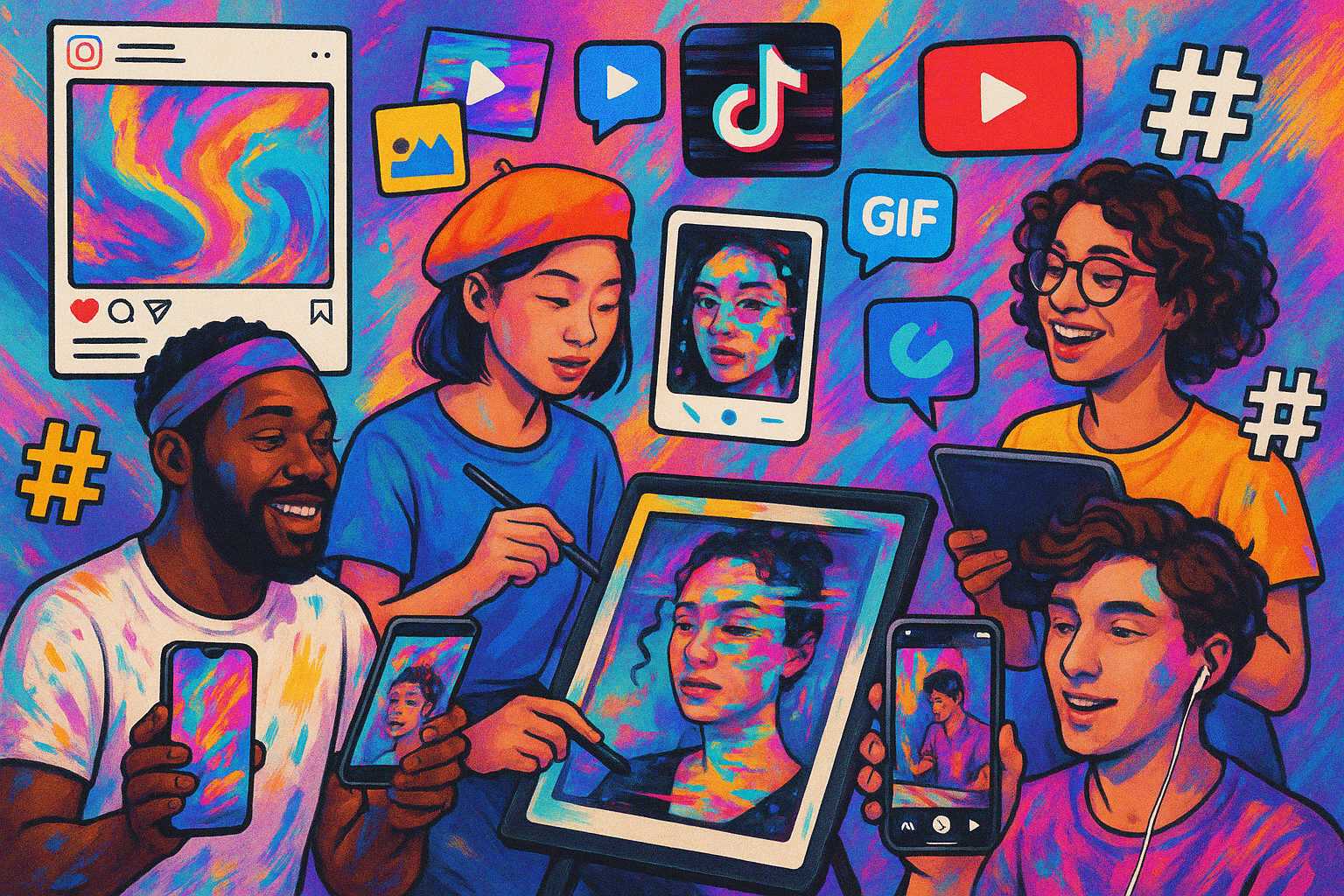In the past decade, the landscape of visual storytelling has undergone a radical transformation, fueled by the rise of digital platforms and the omnipresence of social media. Today, artists and creators aren’t merely confined to galleries or print publications. Instagram, TikTok, Pinterest, and even YouTube have become powerful canvases, democratizing both the creation and discovery of art.
The democratization of visual storytelling is evident in the sheer volume and diversity of content available online. Emerging artists can now share their work with global audiences with the click of a button, sidestepping traditional gatekeepers. Hashtag culture enables communities of artists—from digital illustrators to performance artists—to form around shared interests, offering support, inspiration, and collaboration opportunities.
Social media is also shaping the very language of art. Short-form video, looping GIFs, and ephemeral stories have become standard formats, challenging creators to develop new methods of conveying emotion and narrative. Visual trends—like glitch art, vaporwave, and augmented reality filters—can emerge, evolve, and fade within weeks, lending the digital art world a unique sense of immediacy and vibrancy.
However, these opportunities come paired with challenges. The pressure of staying relevant amid fast-moving trends can be intense, and the drive for likes and shares sometimes leads to the prioritization of viral appeal over artistic integrity. Moreover, questions about copyright, ownership, and the ethics of digital reproduction continue to spark debate.
Despite these complexities, social media remains a fertile playground for innovation in visual storytelling. As technology evolves and platforms expand, the digital art world promises to remain excitingly unpredictable—constantly reinventing the boundaries of how we create and experience art in the 21st century.


Leave a Reply